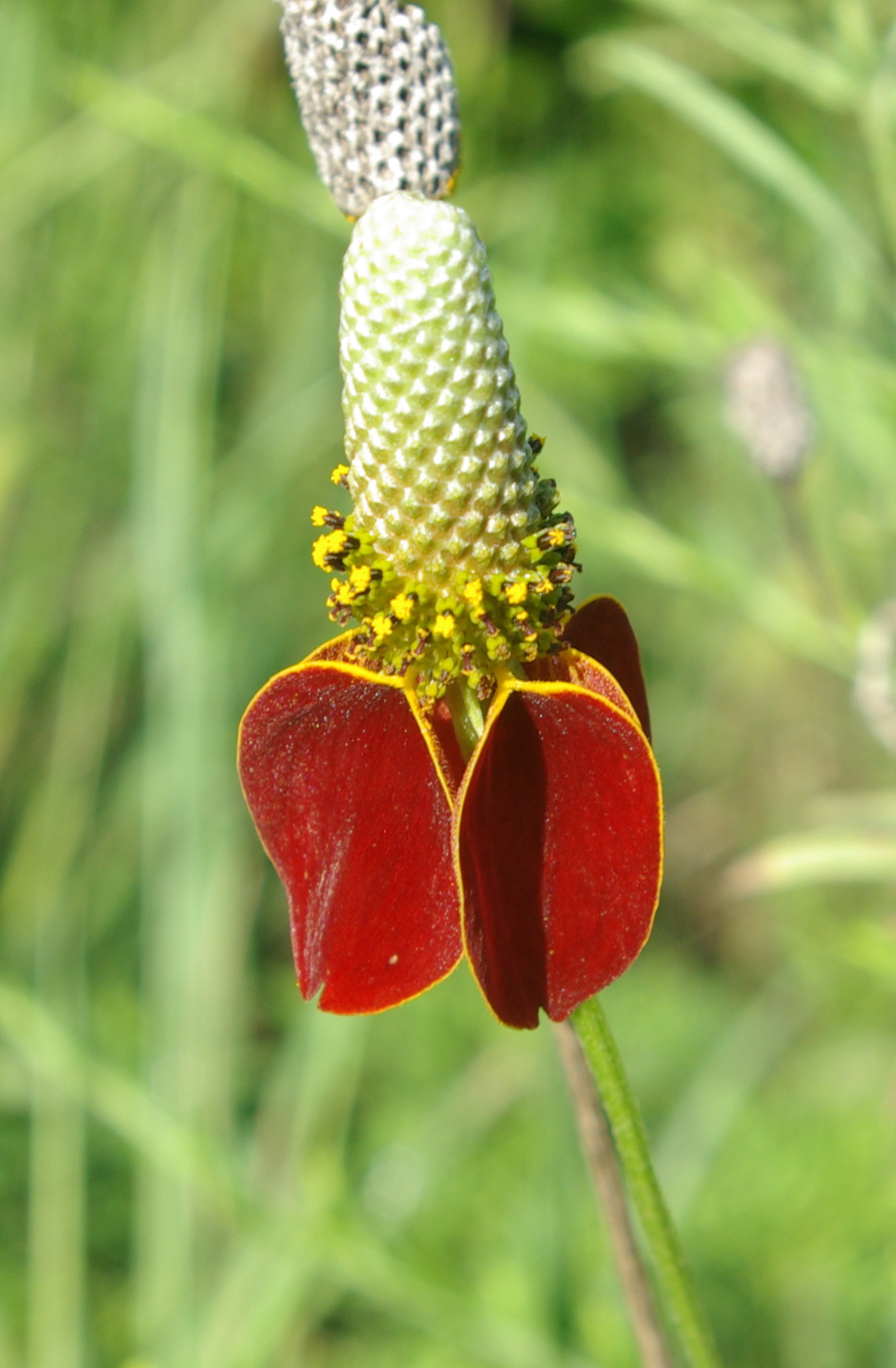Ratibida Columnifera on:
[Wikipedia]
[Google]
[Amazon]
''Ratibida columnifera'', commonly known as upright prairie coneflower, Mexican hat, and longhead prairie coneflower, is a
 The
The
perennial
A perennial plant or simply perennial is a plant that lives more than two years. The term ('' per-'' + '' -ennial'', "through the years") is often used to differentiate a plant from shorter-lived annuals and biennials. The term is also wide ...
species of flowering plant
Flowering plants are plants that bear flowers and fruits, and form the clade Angiospermae (), commonly called angiosperms. The term "angiosperm" is derived from the Greek words ('container, vessel') and ('seed'), and refers to those plants th ...
in the genus ''Ratibida
''Ratibida'' is a genus of North American plants in the tribe Heliantheae within the family Asteraceae. Members of the genus are commonly known as prairie coneflowers or mexican-hat.
Species
There are 7 species:
* ''Ratibida coahuilensis'' B.L.T ...
'' in the family Asteraceae
The family Asteraceae, alternatively Compositae, consists of over 32,000 known species of flowering plants in over 1,900 genera within the order Asterales. Commonly referred to as the aster, daisy, composite, or sunflower family, Compositae w ...
. It is native to much of North America
North America is a continent in the Northern Hemisphere and almost entirely within the Western Hemisphere. It is bordered to the north by the Arctic Ocean, to the east by the Atlantic Ocean, to the southeast by South America and the Car ...
and inhabits prairie
Prairies are ecosystems considered part of the temperate grasslands, savannas, and shrublands biome by ecologists, based on similar temperate climates, moderate rainfall, and a composition of grasses, herbs, and shrubs, rather than trees, as the ...
s, plains, roadsides, and disturbed areas from southern Canada
Canada is a country in North America. Its ten provinces and three territories extend from the Atlantic Ocean to the Pacific Ocean and northward into the Arctic Ocean, covering over , making it the world's second-largest country by tot ...
through most of the United States
The United States of America (U.S.A. or USA), commonly known as the United States (U.S. or US) or America, is a country primarily located in North America. It consists of 50 states, a federal district, five major unincorporated territorie ...
to northern Mexico
Mexico (Spanish: México), officially the United Mexican States, is a country in the southern portion of North America. It is bordered to the north by the United States; to the south and west by the Pacific Ocean; to the southeast by Guatema ...
.
Description
''R. columnifera'' has medium green, hairy stems that branch occasionally, growing to tall. Leaves are also hairy and are deeplypinnate
Pinnation (also called pennation) is the arrangement of feather-like or multi-divided features arising from both sides of a common axis. Pinnation occurs in biological morphology, in crystals, such as some forms of ice or metal crystals, and in ...
with 5 to 11 lobes. They are alternate and measure up to long and across. The petioles are up to long.
 The
The inflorescence
An inflorescence is a group or cluster of flowers arranged on a stem that is composed of a main branch or a complicated arrangement of branches. Morphologically, it is the modified part of the shoot of seed plants where flowers are formed o ...
at the top of the stem consists of 4 to 12 drooping, sterile ray florets that are yellow, brownish red, or brown with yellow borders, surrounding a central column that is up to long. The column is made up of numerous purplish disk florets, which open in bands starting at the base of the column and moving upwards. Flowers appear June to September.
It is similar to '' Ratibida tagetes'', but the leaves of ''R. tagetes'' are closer to the flower, while the leaves of ''R. columnifera'' are farther below on the stem.
Distribution and habitat
''R. columnifera'' is native in the United States from Idaho to the west and north, Texas to the south, and Massachusetts to the east. In Canada, it is native in Alberta, British Columbia, Saskatchewan, and Manitoba. The plant is also native in Northern Mexico. Habitats include sunny sites with well-drained soil, such as upland prairies, pastures, roadsides, and open disturbed areas.Uses
TheZuni people
The Zuni ( zun, A:shiwi; formerly spelled ''Zuñi'') are Native American Pueblo peoples native to the Zuni River valley. The Zuni are a Federally recognized tribe and most live in the Pueblo of Zuni on the Zuni River, a tributary of the Lit ...
use an infusion
Infusion is the process of extracting chemical compounds or flavors from plant material in a solvent such as water, oil or alcohol, by allowing the material to remain suspended in the solvent over time (a process often called steeping). An inf ...
of the whole plant as an emetic
Vomiting (also known as emesis and throwing up) is the involuntary, forceful expulsion of the contents of one's stomach through the mouth and sometimes the nose.
Vomiting can be the result of ailments like food poisoning, gastroenteri ...
.Stevenson, Matilda Coxe 1915 Ethnobotany of the Zuni Indians. SI-BAE Annual Report #30 (p. 59)
References
External links
* * {{Taxonbar, from=Q7295703 Plants described in 1915 Flora of Canada Flora of Northeastern Mexico Flora of the United States Plants used in traditional Native American medicine Heliantheae